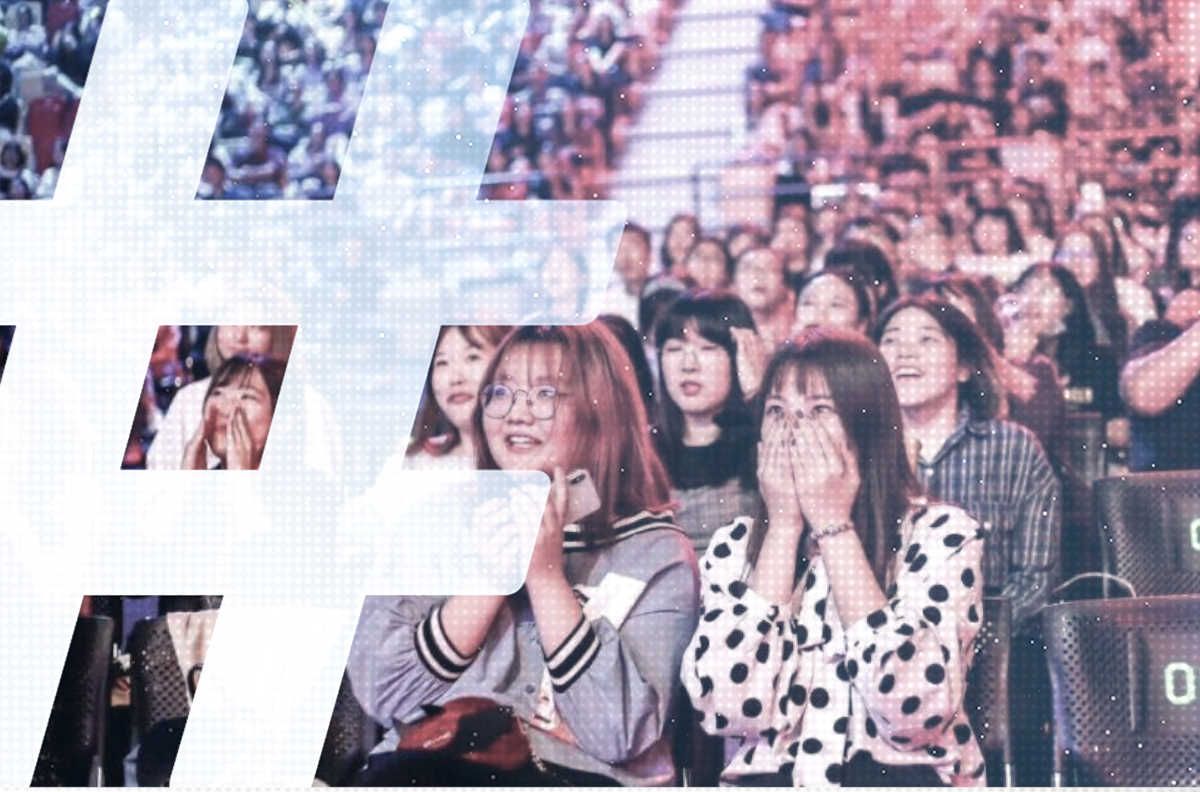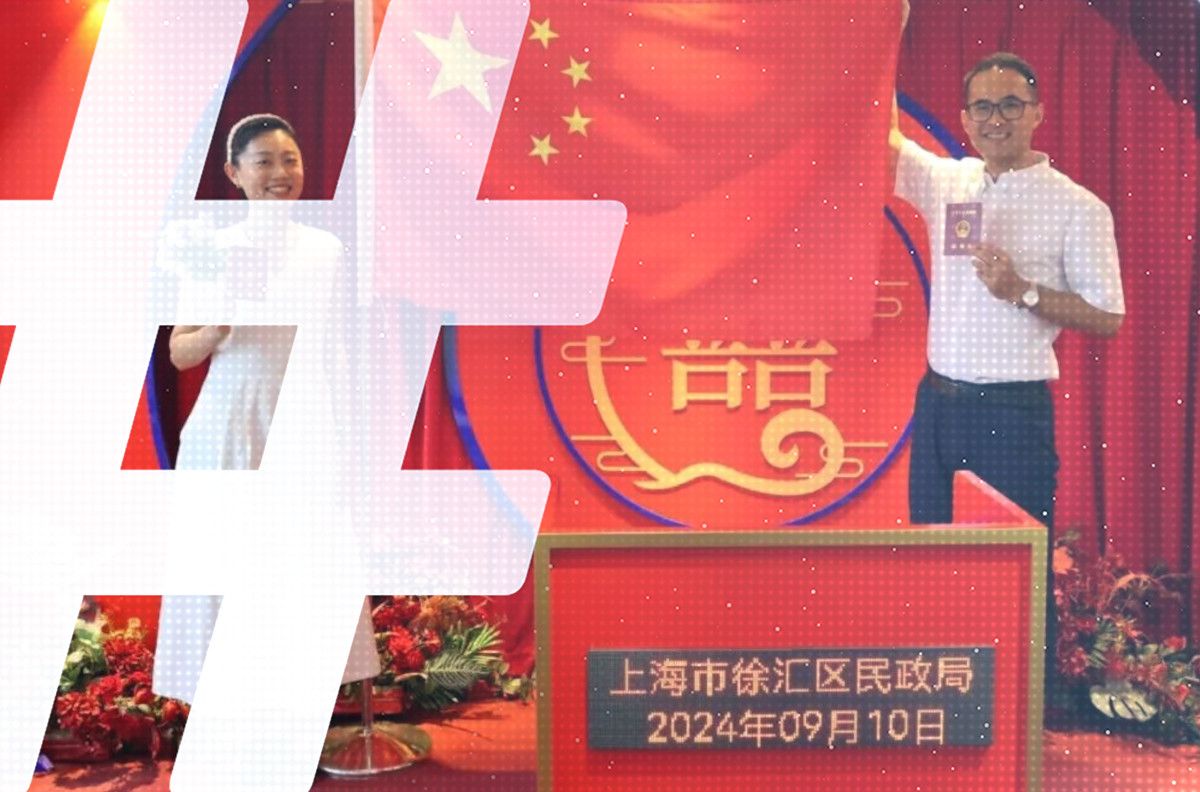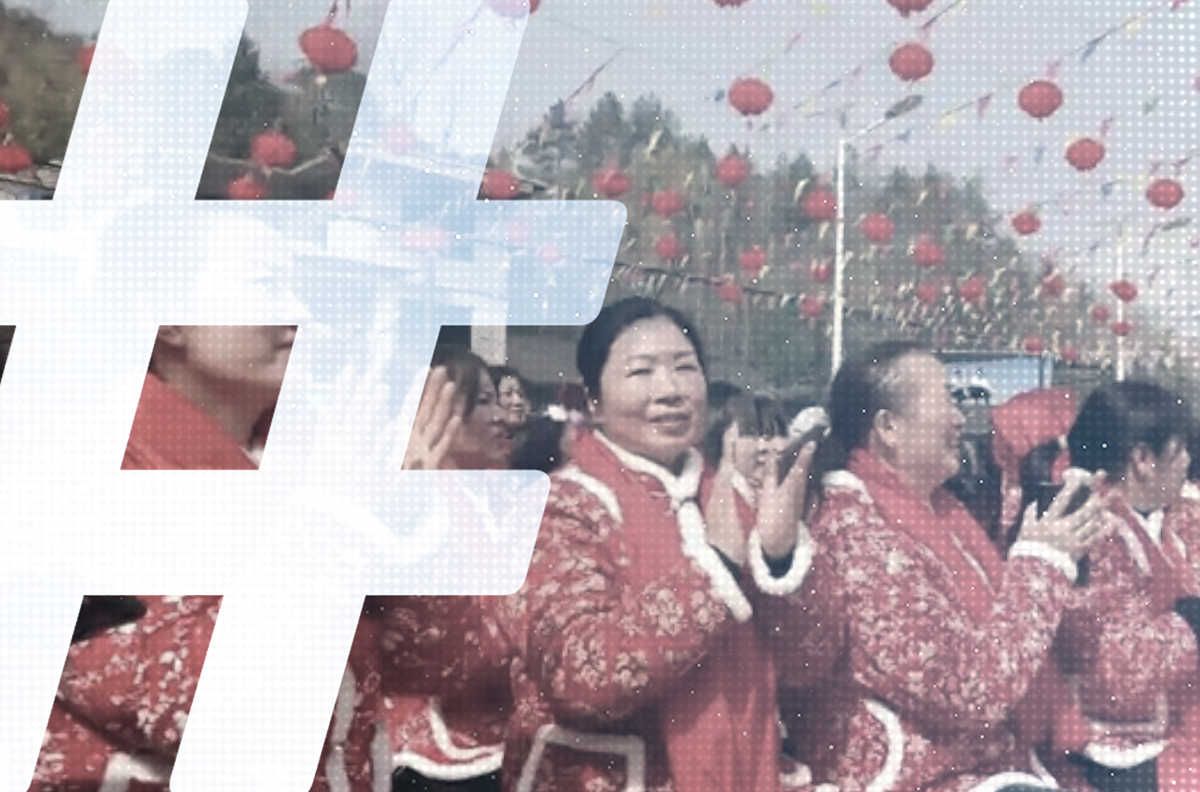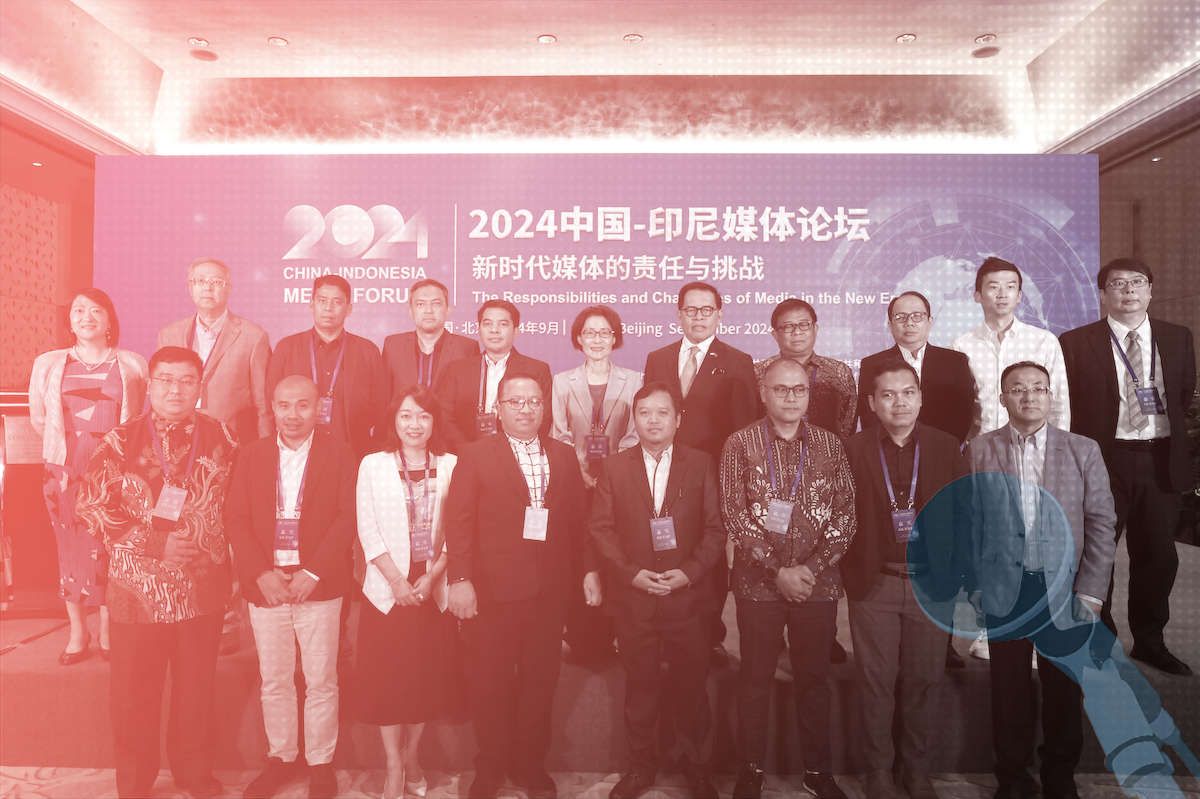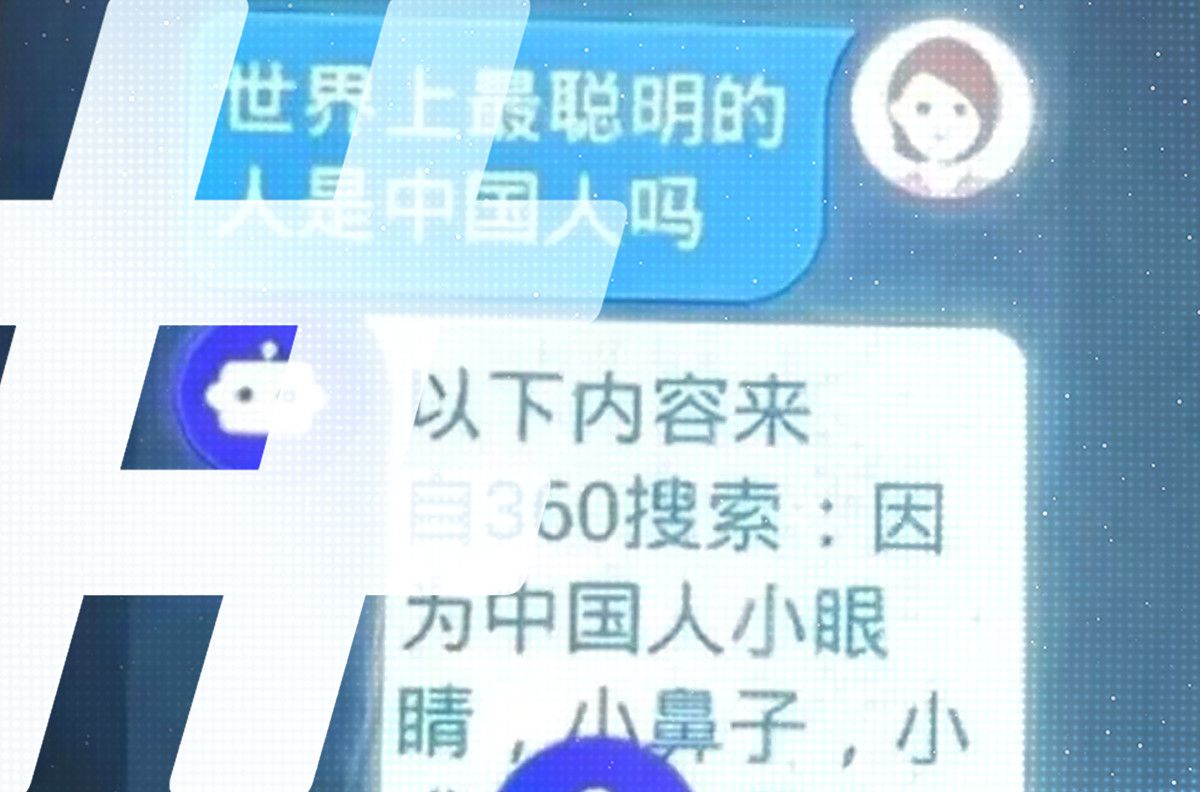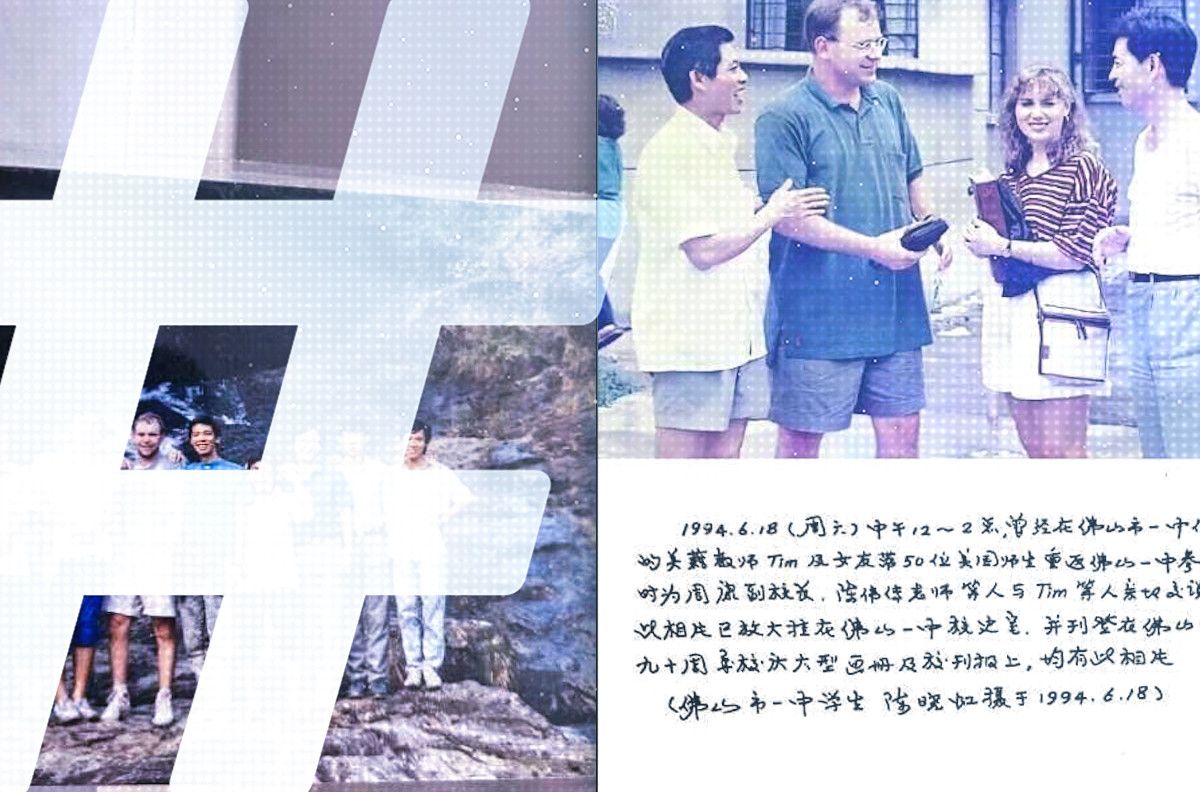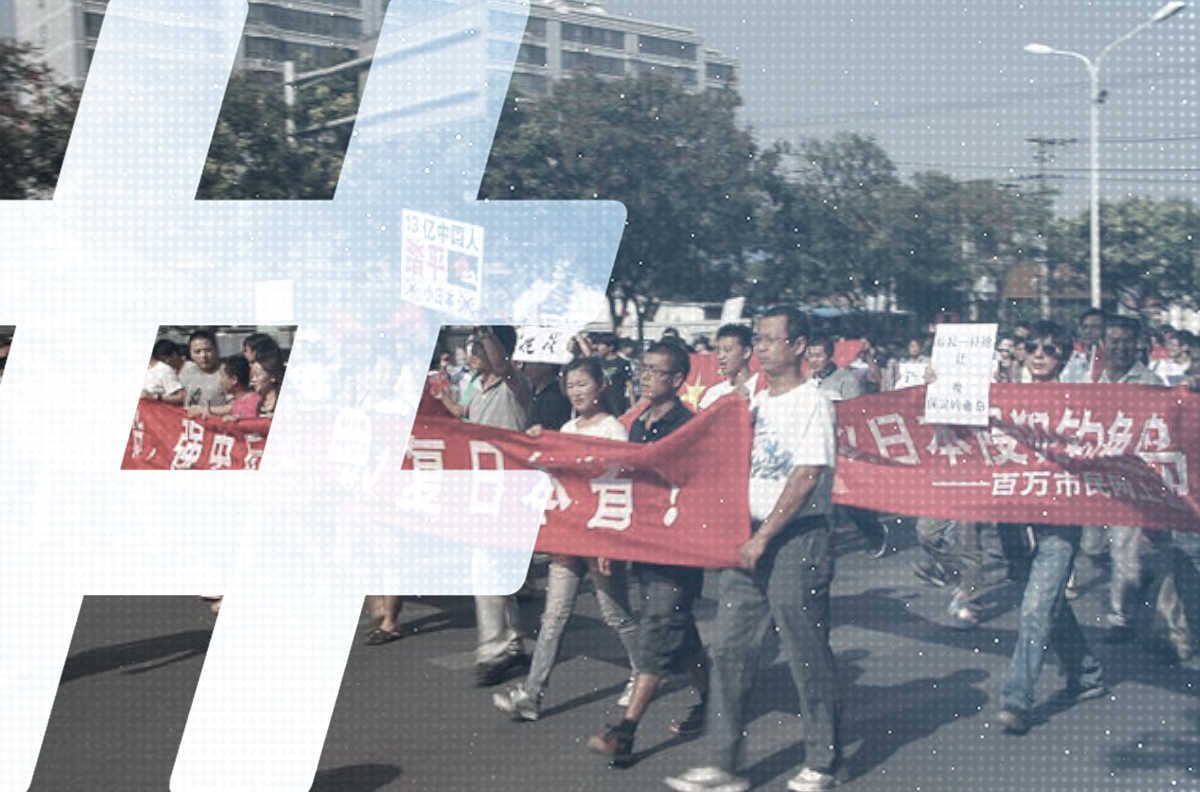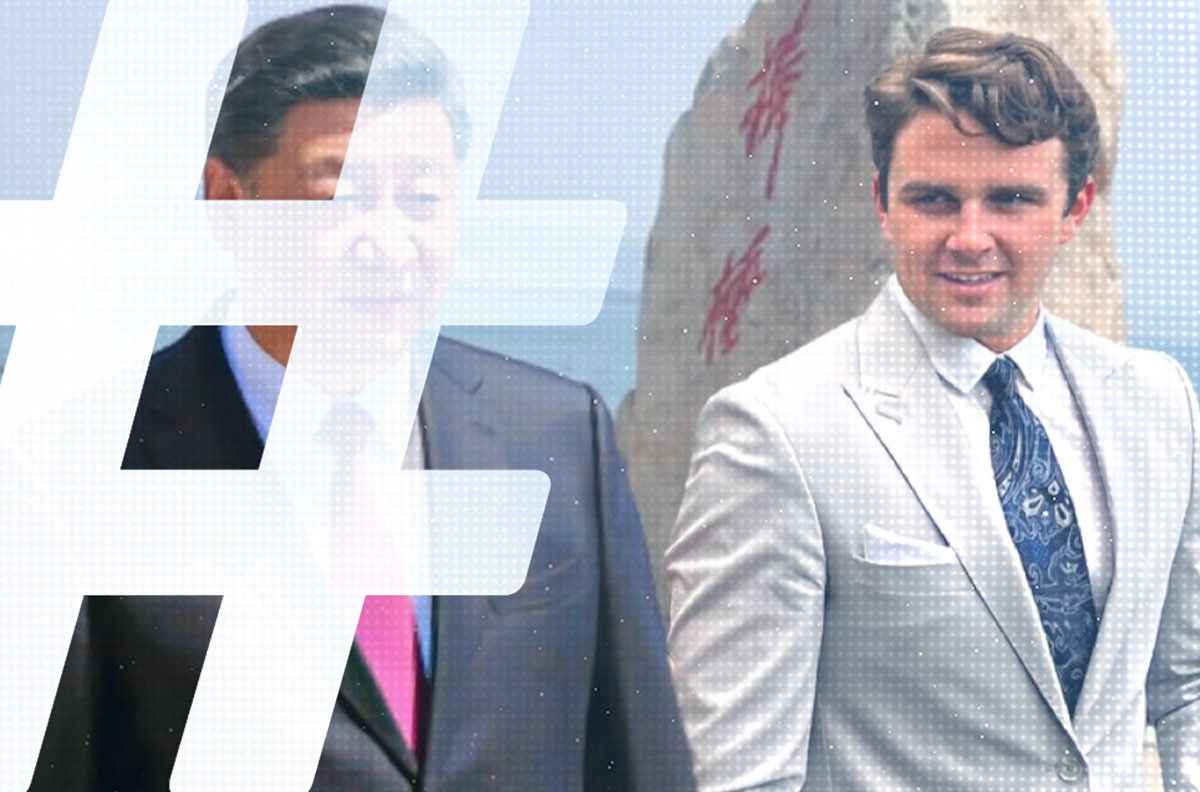Headlines and Hashtags
A few more facts about China's "fake news" purge
By Qian Gang — Four publications in China are now being purged for supposed violations of propaganda discipline. As Xinhua News Agency reported on November 24: “In 2006, Shanghai Securities News ran a fake news report about the concentration of China’s wealth in the hands of a few super-wealthy sons and daughters of businesspeople and senior officials. In 2009, Time Weekly, CPPCC News and Youth Times continued to use this false information, seriously misleading readers and having a negative social impact.”
The Xinhua release said that “government offices of press and publications” were now dealing severely with these four media “in accordance with the law.”
The reports in question were branded as “false” on the basis of two sentences in particular.
The first was this one: “According to information in a joint research report by the Research Office of the State Council, the Research Office of the Central Party School, the Research Office of the Central Propaganda Department, the Chinese Academy of Social Sciences and other government offices, as of the end of March 2006 27,310 people [in China] had assets in excess of 50 million yuan, and 3,220 people had assets in excess of 100 million yuan. Among those with assets in excess of 100 million yuan, 2,932 were the sons and daughters of senior officials. They accounted for 91 percent of those with assets over 100 million, with assets totaling 2.04 trillion yuan.”
And the second: “A report by government authorities in China reveals that .4 percent of the population hold 70 percent of wealth, with concentration of wealth even higher than in the United States.”
The concentration of wealth in China has long been an issue that has concerned ordinary citizens. According to government authorities that have yet to be specified, these four media issued fake news reports. But what exactly is the truth here?
The whole affair started with a June 19 report by CPPCC News called “Adjusting income distribution is not about fighting the rich and relieving the poor“ (调整收入分配格局不是“杀富济贫”). [Link to article at Sohu.com].
“As richest lists continue to come out, the level of ‘wealth concentration’ in China is something that has received urgent attention from members and standing committee members at discussion forums held during the sixth standing committee meeting of the 11th CPPCC,” the report said. It quoted CPPCC member Cai Jiming (蔡继明) as saying at the forum: “A report from government authorities reveals that 0.4 percent of [China’s] population holds 70 percent of [China’s] wealth, and that concentration of wealth [in China] is higher than in the United States.”
In fact, CPPCC News was only reporting on a speech by a CPPCC member.
In a subsequent interview with People’s Daily Online, the website of the official party newspaper, Cai did not deny saying that “70 percent of [China’s] wealth was held by 0.4 percent of its population.” He did say in correction, however, that these figures were from “a research organization overseas” and that “he never said they were from Chinese government authorities.”
We can see clearly from this back and forth that the CPPCC News did not falsify its report. It should go without saying that the media’s responsibility is to report accurately what is said at such forums, even if the statements made by public figures at them are inaccurate. In any case, the newspaper accurately reported Cai’s views on the concentration of wealth in China. It is possible they misunderstood the source of his figures, but that in itself should not be regarded as a serious problem.
On June 25, Time Weekly, a magazine belonging to the Guangdong Provincial Publishing Group ran a report called, “The dangers of a growing rich-poor gap.” The report began with the Cai Jiming quote from the sixth meeting of the CPPCC, and made its own analysis on the basis of the numbers given in the first sentence quoted at the top of this article – about the “joint research report” by Chinese government offices. The Time Weekly report was subsequently re-run by Youth Times.
According to a search conducted by People’s Daily Online, the language about 91 percent of those with assets of over 100 million yuan being the sons and daughters of senior officials first appeared on an overseas website and never came from “a joint research report by the Research Office of the State Council, the Research Office of the Central Party School . . . and other government offices.”
The first use of the figures in mainland China was apparently on October 20, 2006, by Shanghai Securities News (上海证券报). The article was called, “Frank words: looking behind the numbers that have chilled people’s hearts”(盛世危言:一组组令人心惊的数字背后).
The recent report from China’s official Xinhua News Agency announcing the disciplinary actions against the four newspapers said that “some of the numbers used in the Shanghai Securities News article were manufactured by anti-China websites overseas.” The irony here is that Shanghai Securities News is published by Xinhua News Agency, and the newspaper’s report citing the numbers in question was, until scrubbed from the Web recently, carried on the agency’s official website.
There are a lot of important questions to ask here. First of all, why did government authorities make no effort to deny this “fake report” since it first appeared three years ago? Second, it is quite clear that Xinhua News Agency was one of the most important original sources of these “rumors.” So why is Xinhua not being penalized? In fact, why is Xinhua not being pinpointed and penalized as the most authoritative source of this information?
Yet another oddity in this case is the fact that the Xinhua News Agency release does not state explicitly that the disciplinary action comes from the General Administration of Press and Publications (GAPP). The release says only that “office(s) of press and publishing (新闻出版部门) have severely criticized these four publications for printing fake news,” and have issued warnings and ordered that involved persons be dealt with. GAPP’s official website bears no notice whatsoever, other than the same Xinhua News Agency release.
One portion of the Xinhua release reads: “China’s General Administration of Press and Publications said that truth is the life essence of journalism, and the publication or re-publication by these four media of fake news not only had unfavorable social consequences but also damaged the credibility of the news media and harmed the image of journalists.”
Ultimately, it is the government that bears responsibility for providing reliable information about “wealth concentration” and other issues the public cares deeply about. That the gap between rich and poor is widening in China is a fact that cannot be refuted.
On July 23, as Cai Jiming spoke with Deutsche Welle, he made clear that he was not the source of information about how “91 percent of those in China with wealth exceeding 100 million yuan are the sons and daughters of senior officials.” But he said at the same time that he did not believe the specific figures were so pertinent:
Whether it’s 91 percent or 50 percent is just a matter of scale. I don’t care a great deal about the specific numbers. As I see it, even if by the most conservative estimates, 10 percent of [people with assets over 100 million] are the sons and daughters of senior officials, this is still a number that the public cannot accept.
In China today, it is the government and not the news media that is most severely lacking in credibility. If leaders hope to refute this supposed fallacy about the wealth of the sons and daughters of senior leaders, the most effective means would be to release complete information about the assets of public officials and their family members.
[Posted by David Bandurski, November 30, 2009, 3:04pm HK]

